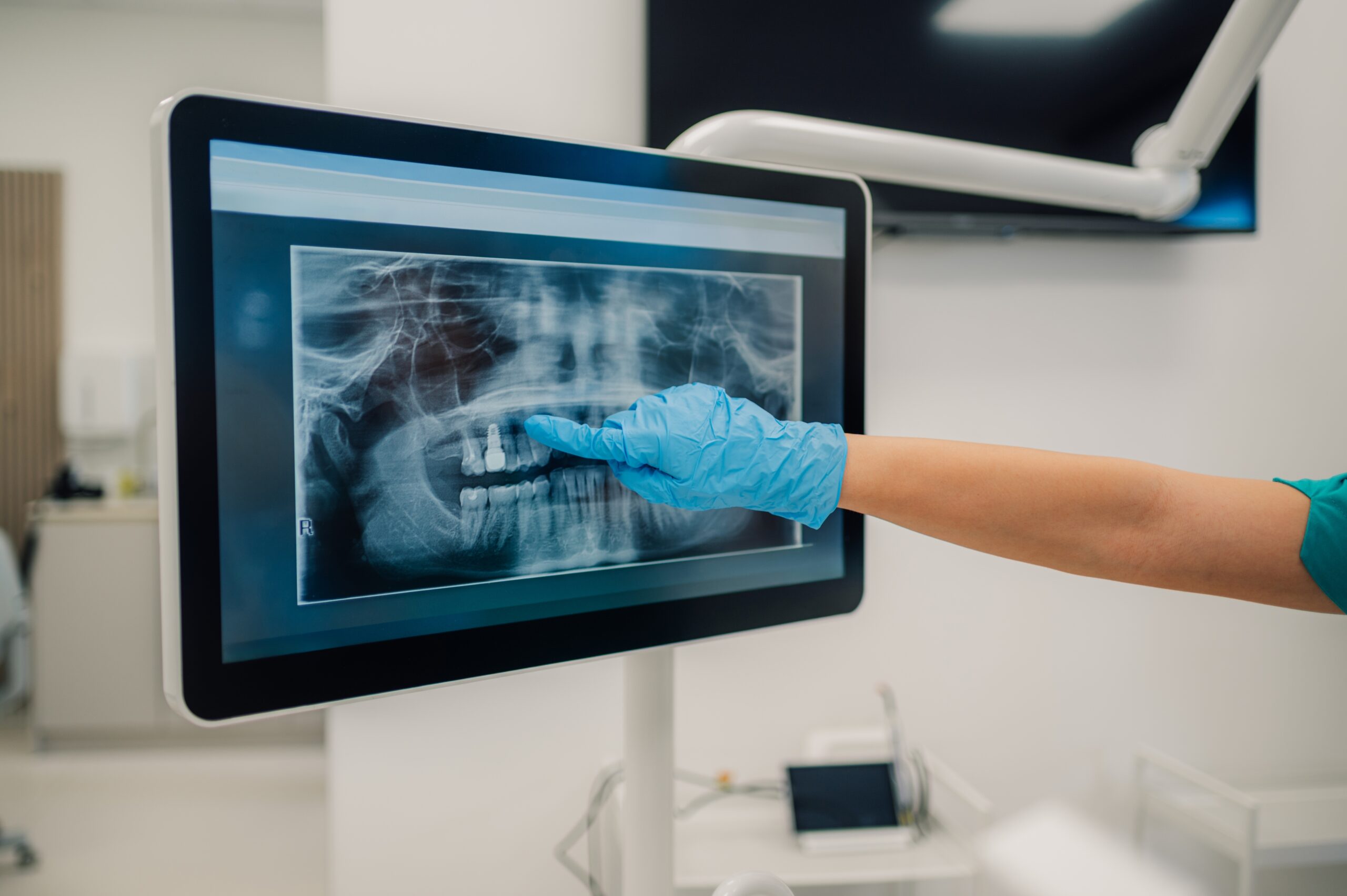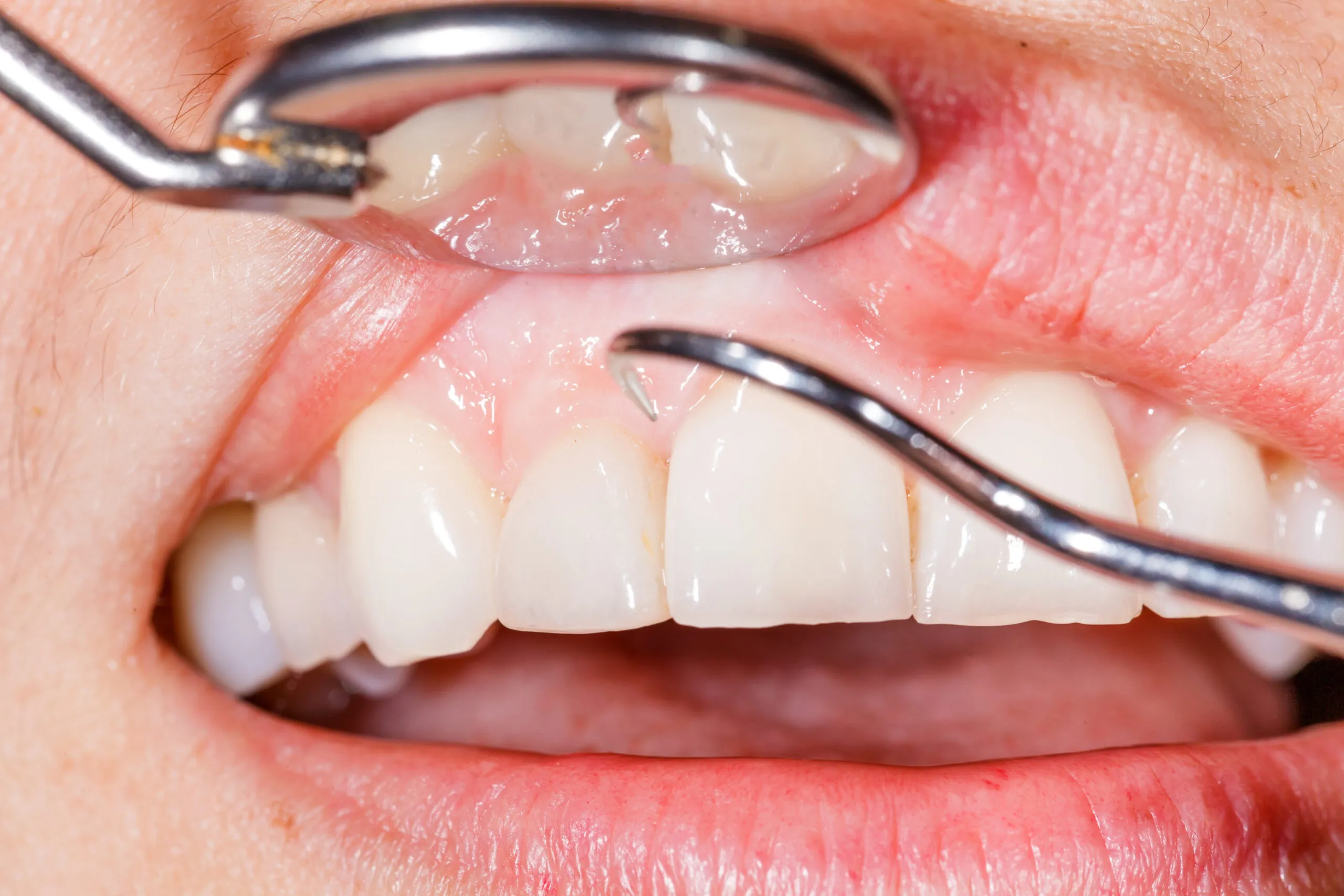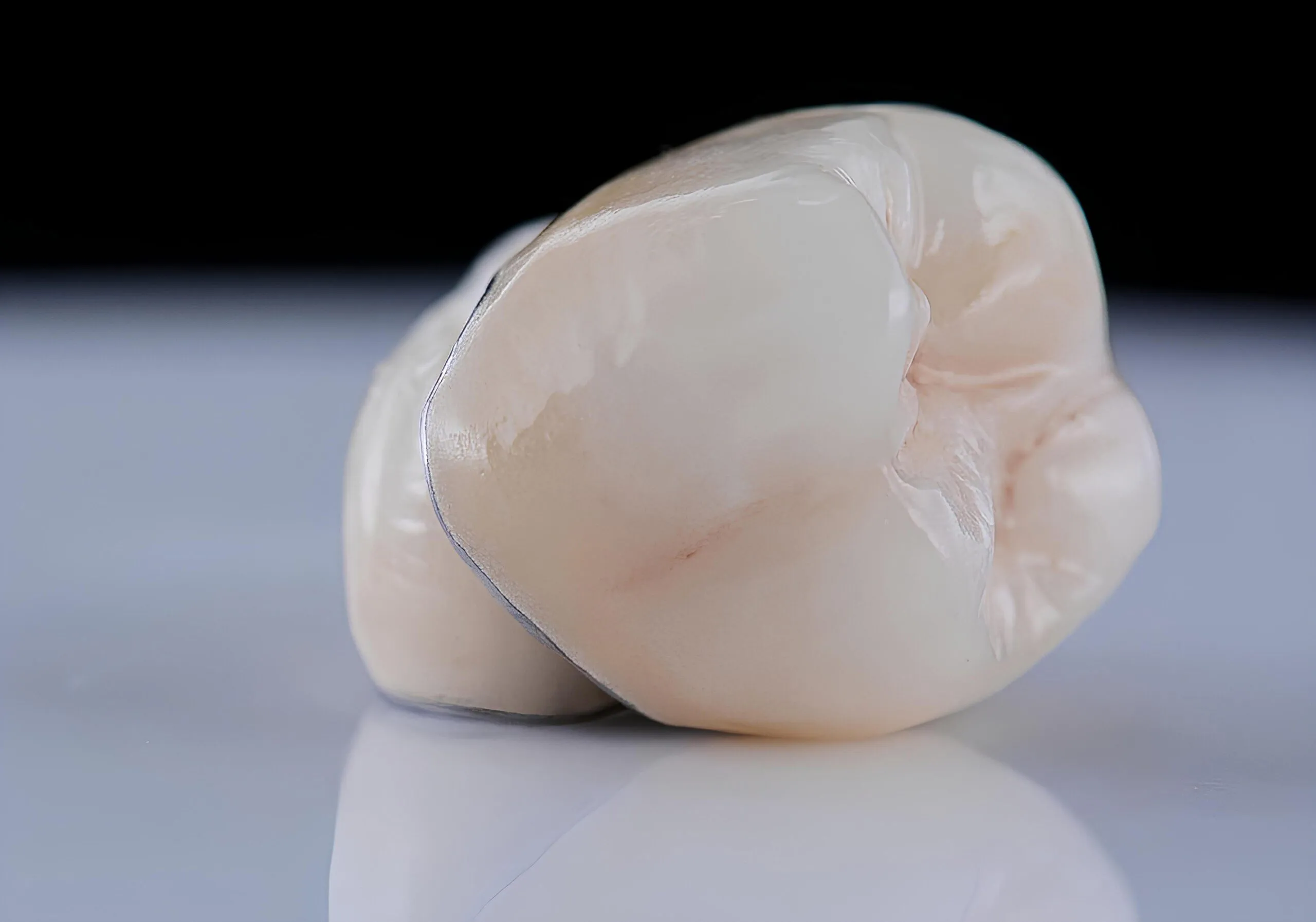Today’s post is for new Chandler parents. It contains beneficial information about caring for baby’s and toddler’s teeth.
How should I clean my toddler’s teeth?
For infants, gently wipe their gums with a piece of gauze or soft cloth. The ADA does not recommend any toothpaste for infants. When your child is three, a pea-sized amount (but no more!) is recommended. Young children rarely spit after you brush their teeth, they swallow. When your child’s teeth start to erupt, you can use a very soft brush to softly wipe away food and liquid left on the teeth after feeding.
When should my child see a dentist for the first time?
The American Academy of Pediatric Dentistry advises parents to take their child to a dentist before their first birthday, or when their first tooth appears. This is important for their oral health and also to help them become comfortable with a dentist from an early age.
What should I do if my toddler has a toothache?
First, call your dentist to make an appointment. Some practices will let you come in without a pre-scheduled appointment for dental emergencies. Rinse the sore tooth and surrounding gums with warm salt water. Don’t put aspirin directly on the tooth. If your child will let you, use a cold compress on the outside of the cheek to relieve swelling. You can give your child acetaminophen unless your pediatrician advises against it.
How can I prevent my toddler from getting cavities?s
- Have your child get their first dental check-up before their first birthday, or when their first tooth appears.
- Have your child get a dental check-up every six months or more frequently if your dentist advises.
- Brush your child’s teeth gently but thoroughly before they go to bed.
- If possible, brush your child’s teeth after meals, or have them rinse with water.
- Don’t let your child sleep with a bottle unless it only contains water.
- Don’t let your child drink juice all day – it is best to have juice along with a meal.
- Limit or avoid sugary snacks – especially gummy types that stick to the teeth. (A fresh apple is better than a pack of fruit snacks).
- Consume acidic foods and beverages with meals to protect enamel.
- If your child sucks his/her thumb after the age of three, communicate with your dentist or pediatrician.
- If your child grinds his/her teeth, seek counsel from your dentist or pediatrician.
- Make sure your child has a healthy diet with all the necessary vitamins and minerals.
- If your child has special medical conditions, seek additional guidance from your pediatric dentist.
- If you have significant tooth decay, seek additional guidance from your pediatric dentist.
- Follow your dentist’s or pediatrician’s recommendations regarding fluoride supplements and fluoridated water. Remember that too much fluoride is toxic.
- Follow your dentist’s recommendations regarding dental sealants.
- Monitor your child’s tooth development and see your dentist if anything appears unusual.
- Protect your child’s teeth with a mouth protector when they start participating in sports.
- Model proper dental hygiene every day. Your example is important.
Should I avoid dental x-rays of my child’s teeth?
No. Modern dental x-rays are extremely safe when proper techniques are followed. The diagnostic benefit greatly outweighs the almost non-existent risk of dangerous radiation exposure.
If child’s baby teeth are widely spaced, does that mean their permanent teeth will be too far apart?
No, this is normal and does not necessasrily mean that their permanent teeth will be spaced too far apart.
CONTACT HARRIS DENTAL:
LOCATION (TAP TO OPEN IN GOOGLE MAPS):







